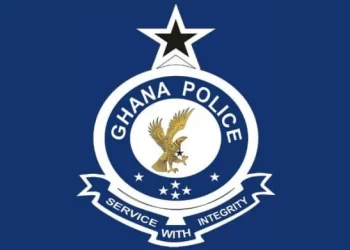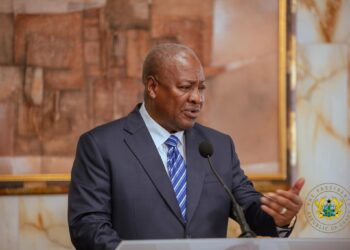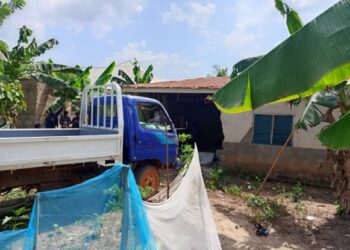The Bui Power Authority (BPA), the Managers of the Bui Hydroelectric Power Dam in the Banda District of the Bono Region, is impacting the socio-economic livelihoods of people around the Bui Dam enclave to make life better for them.
The Authority is spending more than Gh¢4 million to develop and implement 21 business modules under its Livelihood Empowerment Programme (LEP two) to enhance the socio-economic livelihoods of 815 persons directly or indirectly affected by the operations of the 400 megawatts dam.
The beneficiaries are being supported to engage in fumigation, cleaning services, weeding/landscaping, lawn and warehouse maintenance, event/entertainment, fishing/fish mongering and other employable skills training.
Upon assumption of office, Mr Fred Oware, the Chief Executive Officer of the BPA, constituted a team to undertake a needs assessment and subsequently develop the business models to benefit and raise the standard of living of the dam’s Project Affected Persons (PAPs).
The implementation of the LEP two, according to the Authority is to reflect its second livelihood enhancement programme for the PAPs.
“LEP two, therefore, is not a mandated requirement of the BPA, but the clearest demonstration of the Authority’s commitment through the foresight of its CEO to improve the well-being of the (PAPs),” Mr Wumbilla Salifu, the Director, General Services of the Authority, stated.
Speaking at a short presentation ceremony held at Bui on Thursday, Mr Salifu said 409 PAPs had benefited from the LEP two and assured the Authority would continue to design excellent packages to improve the lives of the people around the enclave.
The ceremony saw the presentation of some working tools and equipment to 237 PAPs to engage in fishing and fish mongering, fish production, carpentry, mat bag making, auto-mechanic and other trades and craft works.
A tractor with ploughing add-ons was also presented to enhance agricultural mechanization in the BPA’s resettlement communities.
Under the fish production module, the BPA has constructed and handed over 10 fish ponds stocked with 1,000 fish fingerlings to benefit 30 PAPs and the ponds can harvest 700 catfish every six months.
Mr Osafo Kissi, the Deputy CEO of BPA, stressed the BPA cherished the good relationship with the resettlement communities, and assured them the Authority would do everything possible to make life better for them.
He advised the PAPs to take proper care of the working tools.
Nana Kwadwo Wuo II, the Chief of Bui, thanked the Authority for its support to the people around the Dam, saying through continuous assistance from the BPA, most of the unemployed young people in the area were engaged in employable skills training while others had started their businesses.
The Development of the Bui hydro-Electric Project caused the displacement of seven fishing communities – Brewodi, Lucene, Dam site, Agbekikuro, Bui, Bator Akanyakrom and Dokokyina with a total population of 1,216 persons.
Between 2008 and 2011, the BPA resettlement programme was executed under three main themes – replacement of lost properties, restoration of lost economics and maintenance of socio-cultural and traditional arrangements.
Two well-planned townships in Bono and Savanah Regions were developed under the replacement of lost properties.
Improved social amenities such as road networks, potable drinking water, electricity, community centre, schools and toilet facilities at resettlement township at Jama in Savanna Region which has 46 housing units.
The situation was not different at the resettlement township in the Bono Region which has 139 housing units.
There is a clinic, community centre, school, good access roads, playing grounds and toilet facilitie









Discussion about this post